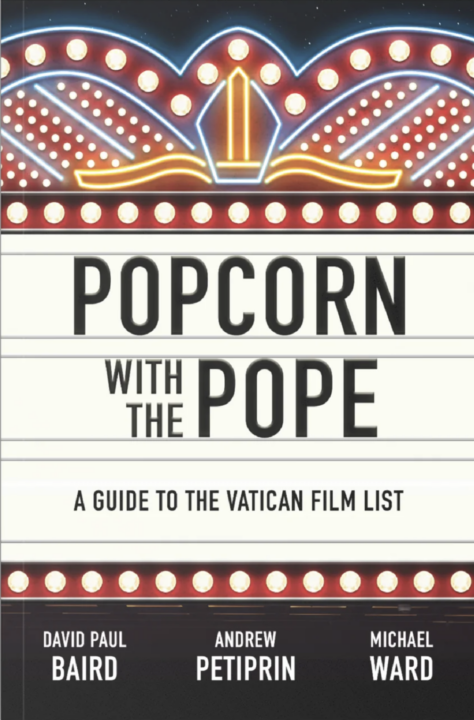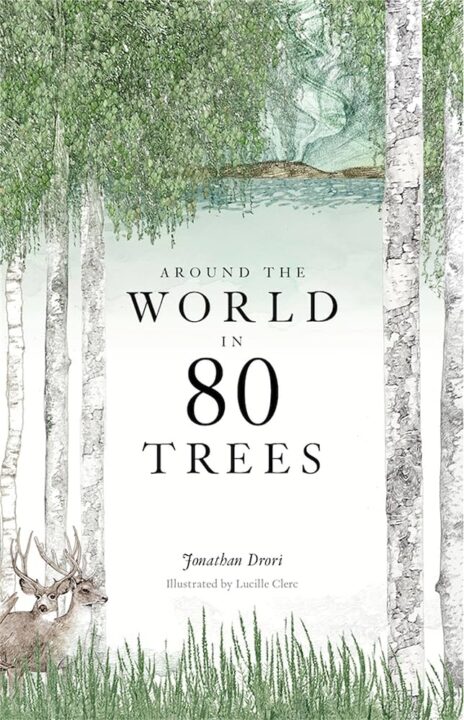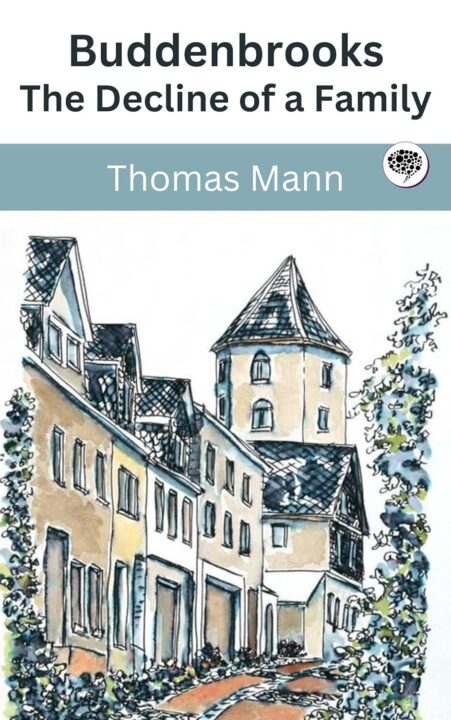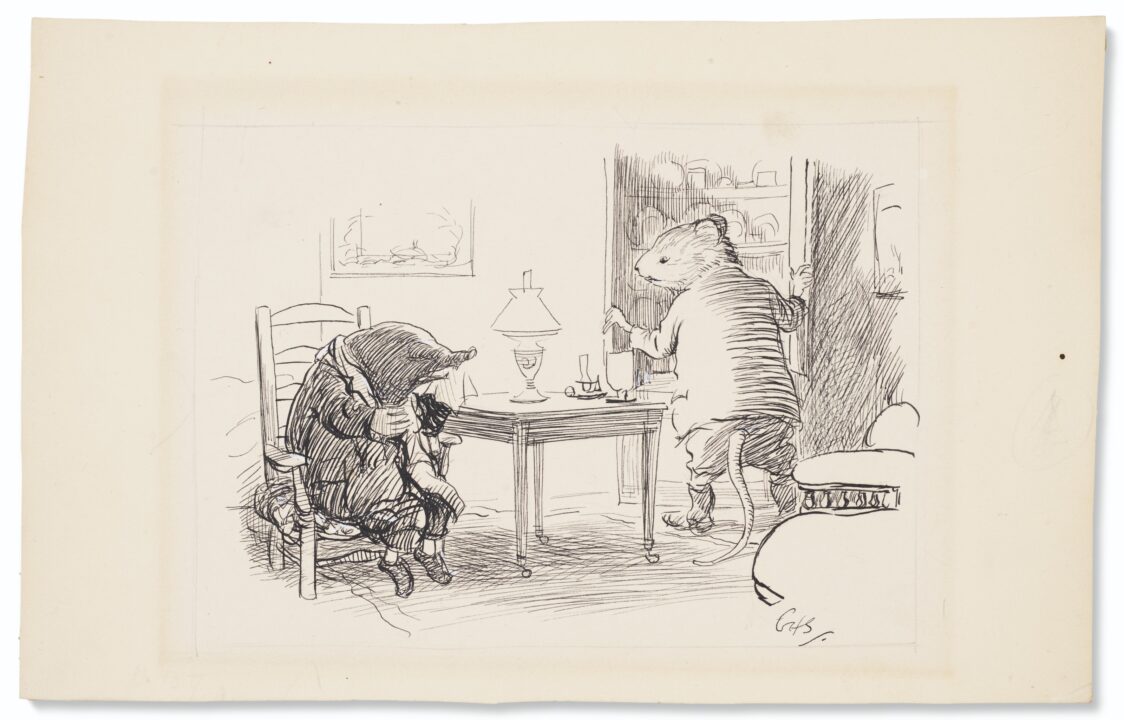For many years I have kept up the practice of noting down the title of each book that I finish reading. There’s no self-improvement goal here, and certainly no competitive element (which is why I don’t post them on social media): I simply find it oddly satisfying to do so, and as years went on (and became decades, in fact) it has become a pleasant way to look back at the ebbs and flows of my reading life. I began this habit by using a notebook; now I use my phone’s note feature. At the end of each year, I copy the titles into that notebook.
My book-list only includes the titles that I read all the way through, so it doesn’t feature the (many!) books which I consult or read partially as resources for my academic work, nor the books that I start but don’t finish. (It was a watershed moment in my reading life when, decades ago, I realized that life is too short to spend it reading a book I don’t enjoy, and that it is perfectly acceptable to just stop reading something.)
As a result, perusing the list as I copy it out in January of a new year allows me to take an idiosyncratic journey through a wide range of titles that I simply found interesting enough to read all the way through. (For the curious: it’s usually around a hundred titles per year.) New releases, classics, scholarly, fun—it’s a mix.
Here are five of the most valuable or interesting books that I read in 2023, under the topics of culture, nonfiction, literature, children’s fiction, and spirituality. Perhaps you would like to read them too, or perhaps they will spark some ideas for your own literary explorations.
Popcorn with the Pope: A Guide to the Vatican Film List
By David Paul Baird, Andrew Petiprin, and Michael Ward
Until I read this book, I didn’t even know there was a Vatican Film List: It was released in 1995 to commemorate the 100th birthday of film, and is comprised of forty-five movies that are notable in some way (artistically, historically, thematically). Most don’t have a specifically religious element. Baird, Petiprin, and Ward divide up the films so that each film has a review, along with interesting facts, discussion questions, and photos. The reviews of films I’d already seen provided additional insights so that I’ll enjoy them even more on the next viewing. Other reviews were of classic films that I had never seen—and now I have them on my to-watch list. Some of the reviews were of films that I know I’ll never watch, but I enjoyed reading about them and appreciating their contribution to the development of movie-making.
It also struck me as a writer that Popcorn with the Pope shows the value of reviews as a genre. A review is not just a recommendation about whether to watch a film (or read a book) or not: at its best, a review offers insight into that film or book, so that it enriches the experience of the reader or viewer. You can read one of the excerpts here by David Paul Baird.
Around the World in 80 Trees
By Jonathan Drori, illustrated by Lucille Clerc
This book caught my attention first by its title’s playful riff on Jules Verne’s Around the World in 80 Days, and then more substantially, by the simply stunning artwork. Clerc’s illustrations are both botanically accurate and visually enchanting, and Drori’s short essays on each of the eighty trees are informative and interesting. I learned a lot without feeling that I was being lectured to; it was enjoyable to pick up the volume and read about a tree or two, and then set it aside for another day. Trees are beautiful and interesting; I felt that I appreciated them more fully after reading this book.
Buddenbrooks: The Decline of a Family
By Thomas Mann
Published in 1901, Buddenbrooks is a turn-of-twentieth-century saga about a nineteenth-century German family. German literature isn’t an area that I know well (to say the least), but a friend of mine who is a specialist in German recommended that I give Mann a try, and particularly that I start with this novel. It took me a little while to get going, but once I did, I enjoyed it a great deal, not least because it was both similar to Victorian novels in English (which I enjoy) and also had a flavor all its own. I’ve linked here to the Vintage Classics edition, translated by H.T. Lowe-Porter, because that’s the translation that my friend recommended. It’s also an aesthetically pleasing volume, which does matter. As it happens, I had considerable trouble finding this listing on Amazon, because Amazon’s search engine heavily prioritizes cheap, often badly printed, print-on-demand editions of classics; presumably that’s because they get a bigger cut of the sales price. It can be difficult to find an edition published in the classics line of a major publisher (such as Oxford University Press, Modern Library, or Vintage) but it’s worth taking the extra time to search for one.
The Wind in the Willows
By Kenneth Grahame, illustrated by Ernest Shepard
I love this book, and return to it often; it is a book for every season. This year I re-read it in wintertime, delighting particularly in Mole’s journey through the Wild Wood and rescue by Ratty, and in the Christmastime “Dulce Domum” chapter where we return to Mole’s humble but snug abode. There are many illustrated editions, but for me, the perfect illustrator is, hands-down, Ernest Shepard, so I warmly recommend this version. (Incidentally, J.R.R. Tolkien also loved this book, calling it “an excellent book,” “an almost perfect blend . . . of many pigments.” I explore the reasons why he enjoyed this book, which is very much a mixture of genres, but didn’t enjoy the Narnia Chronicles, in Tolkien’s Modern Reading: Middle-earth Beyond the Middle Ages.)
The Oratory Prayer Book
By the Fathers of the Oxford Oratory
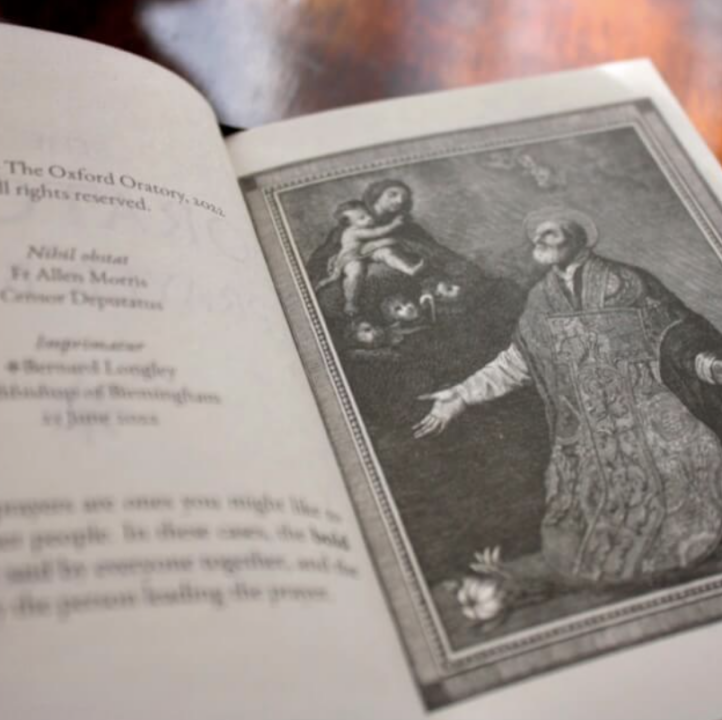
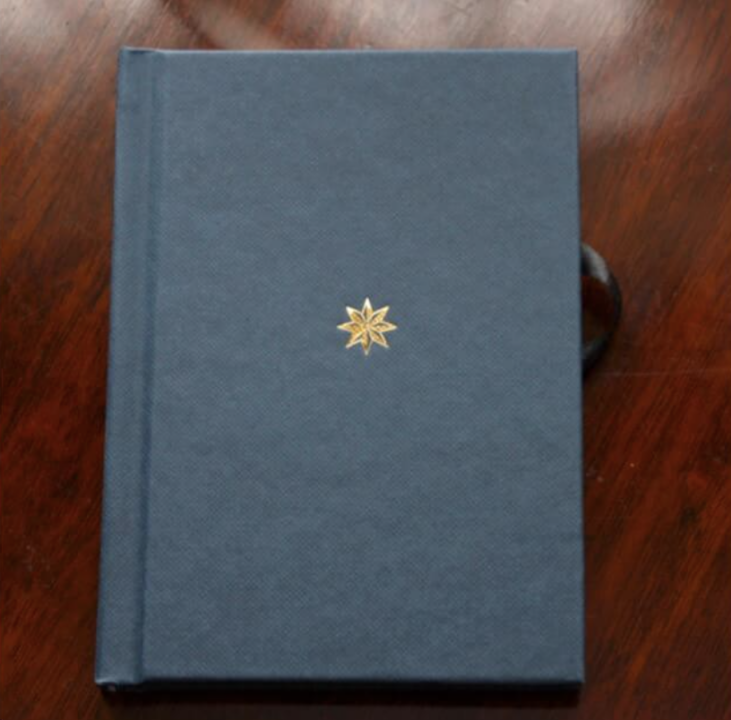
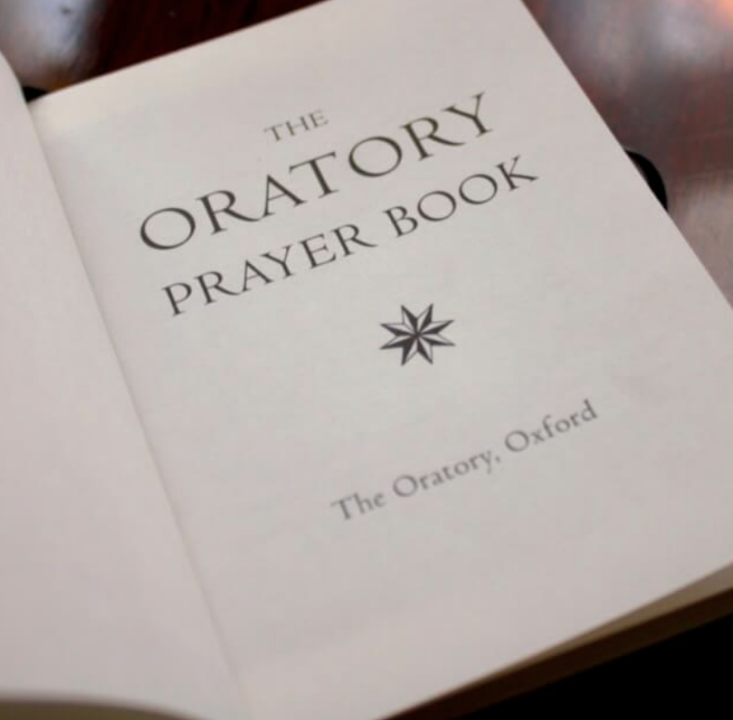
When I’m in Oxford, I regularly attend Mass at the Oxford Oratory. Whether it’s in the confessional or in sermons, the Oratory Fathers have a gift both for encouraging people to grow in their spiritual lives, and for helping them to do it. Their new Oratory Prayer Book is literally pocket-sized but it’s a treasure. In addition to having an excellent selection of prayers for various occasions, it contains concise and down-to-earth sections on “How to read Scripture,” “How to go to Confession,” and the absolute gem of a section, “How to Pray”: ten very practical, straightforward, helpful suggestions that are valuable at any stage of one’s spiritual life. I’m pleased to say that this section includes some especially helpful advice that I heard in a sermon at the Oratory once and have often shared with others: “Pray as you can, don’t try to pray as you can’t.”
Reading worthwhile books is a very good thing to do for one’s intellectual, imaginative, and spiritual health. As a writer and a teacher of writing, I can also attest that reading widely is good for one’s creativity and growth as a writer, as well. However it’s important that reading doesn’t become a burden, something to do just to check off items on a list.
And so I’ve offered these five books, out of many that I read and enjoyed in 2023, in the spirit of encouraging wide-ranging, relaxed reading—the kind of reading that enriches one’s life and doesn’t come with any strings attached. Happy reading!

